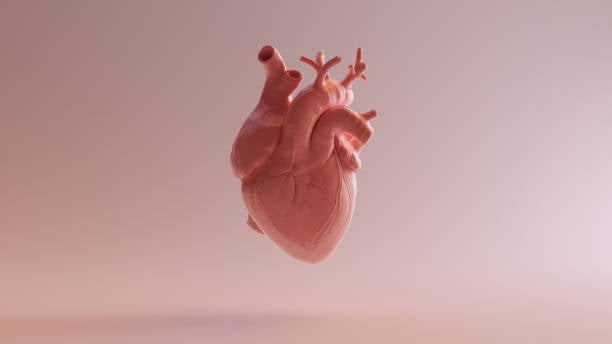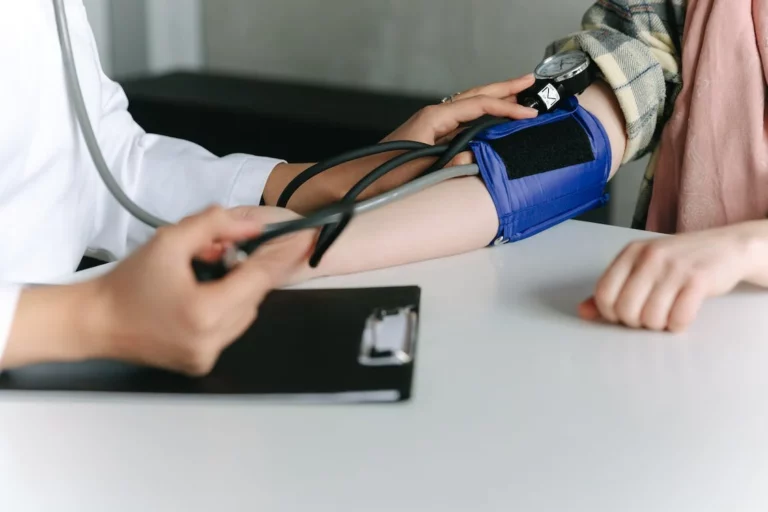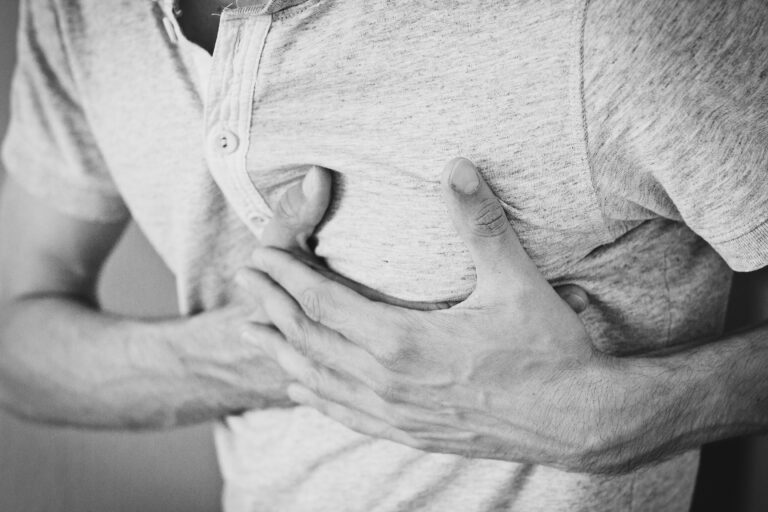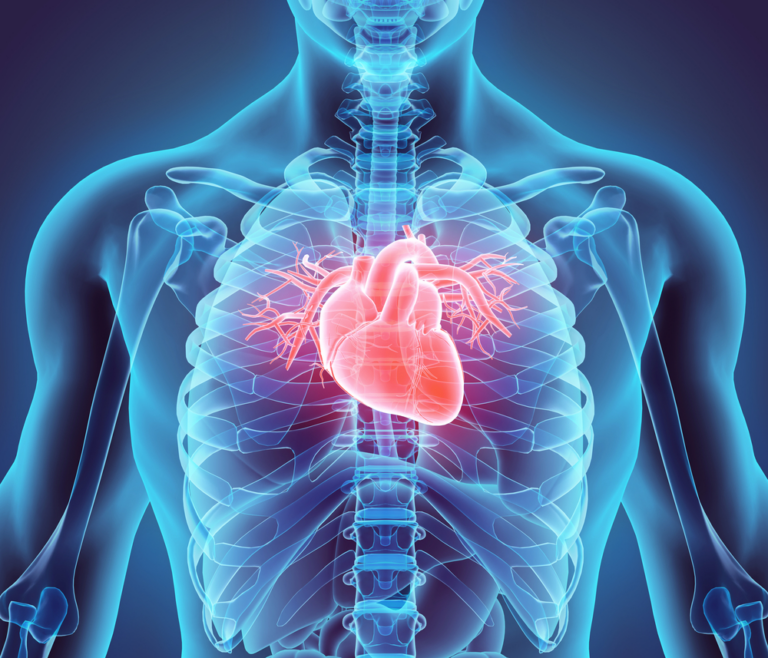Life after Heart Valve Repair: Tips for Recovery and Rehabilitation
Heart valve repair surgery is done to repair or replace a valve allowing the backflow of blood or is too narrow. It can be done to any of the four valves in the heart. The valves keep blood moving only in the right direction in the heart. When the valves function properly, the blood flows optimally through the heart, with the valves acting like doors that allow them to flow from one chamber into the other. They also restrict the backflow of blood to the chambers they just left. In the instance that there is a malfunction or an impairment, some of the blood may flow back, or if the valve is too narrow, the blood flow will be restricted.
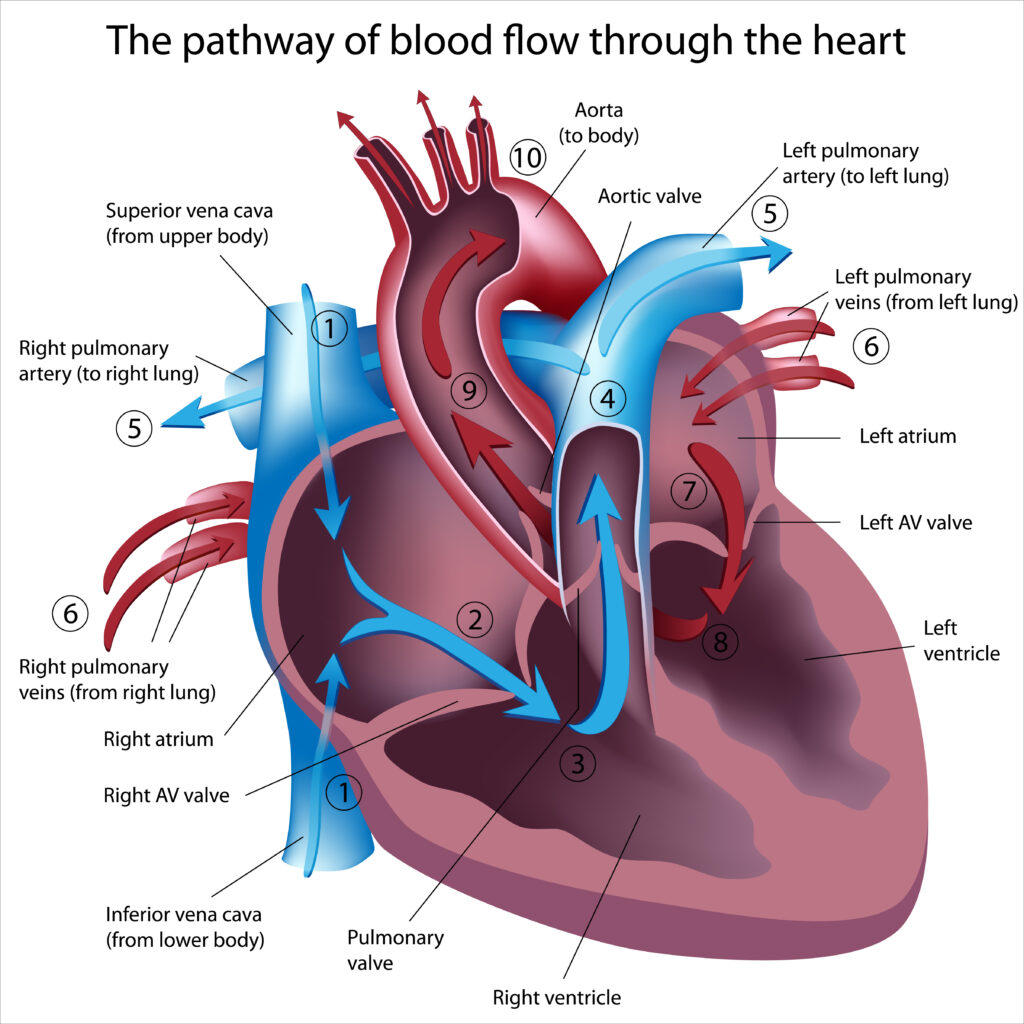
What happens after a heart valve repair?
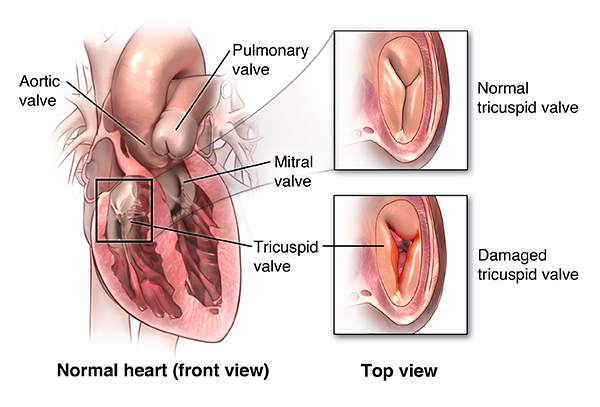
Proper medical treatment can aid recovery and rehabilitation after heart valve repair. After a valve repair or replacement surgery, the healthcare team may move the patient into the ICU in order to monitor them very closely. After, they will be moved into a regular room, where they may stay for up to 7 days. There will be special machines set up to monitor the patient’s heart rate and blood pressure. There may also be a drainage tube connected to the chest, but this depends on the type of procedure that was done.
If the patient opts for overseas medical treatment, they would require the services of a trustworthy medical travel agency or meditour agency.
Recovery
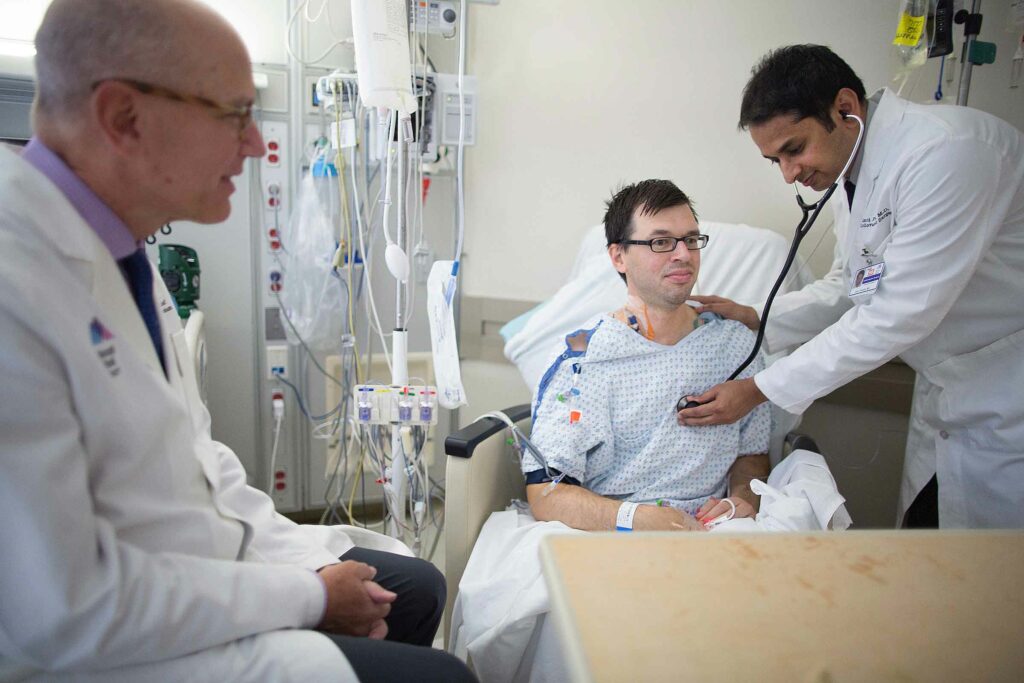
It is normal for the patient to feel tired and sore after the first few weeks of the surgery. They may have some brief but sharp pains on either side of their chest. There may be aches in the chest area, the shoulders, and the upper back of the patient. If the surgery was by open incision, it may be sore and swollen for some days. All these symptoms will gradually disappear after a month or a month and a half. The patient may also be able to carry out some of their usual activities after a month or two following the surgery. The patient is advised against stressing themselves for at least six weeks after the surgery. They are also told not to carry any heavy objects that may put a strain on their chest or upper arm muscles.
The patient may also notice that they get easily fatigued and often need rest. It may take up to two months before they get their energy levels back. Some patients find that they may experience more emotional stress after this surgery, which would normally be unusual for them. They are advised to seek medical advice for this, especially if it gets to a concerning and disconcerting level. It is also crucial that the patient gets enough rest during recovery, eats healthy, is active and involved in light exercise, and avoids drinking and smoking. The doctor may also recommend cardiac rehab if they notice that the patient will benefit from it. The rehab center is where a team of health professionals provides support and tips that will help the patient in recovery and also help them avoid any problems and complications.
Tips for recovery at home: Life after Heart Valve Repair

It is crucial for a patient to help themselves recover optimally after the procedure. Some of the useful tips for recovery at home include:
Activities
The patient should rest whenever they feel tired. They should also ensure that they get enough sleep as this will greatly facilitate a speedy recovery. They should also sleep on their backs, especially if they got a chest incision, the healing of which will take at least 4-6 weeks. The patient should be active; they should try walking daily, ensuring that they cover more distance than they did the previous day. Walking increases blood flow and aids in avoiding side effects like constipation or even pneumonia.
The patient should avoid strenuous activities and lifting heavy objects. They should avoid any activity that may strain the chest muscles for at least three months. They should do breathing exercises as advised by their doctor as it may help prevent pneumonia. The patient may need to take up to 12 weeks off from work; this depends on the type of work and the recovery rate of the patient.
Diet
The patient should ensure that they eat healthy diets. The doctor will give a list of the food the patient should eat and the ones to avoid. They may also want to consult a dietitian that can help in the planning of the meals and educate them on healthy foods. They should take a lot of fluids unless in cases where they are advised against it by the doctors. The patient may also want to eat a lot of fiber to aid their bowel movement, especially as in most cases, the bowel movement patterns of the patient change after the surgery. They may notice that the movements are not as regular as it was and that constipation may set in. In the case that the patient has not had a bowel movement in some days, they should consult the doctor about ingesting laxatives.
Medication
The doctor will prescribe medications for the patient. They will also inform them if and when to restart their previous medications. If in the case that the patient stopped taking aspirin or other blood thinners, the doctor will also tell them when to restart it. The patient should endeavor to take their medication as prescribed by their doctor. They should call their doctors if they have any problems with their medication. The patient should also make sure that they tell their doctors first before taking any over-the-counter medications. They should avoid NSAIDs unless it is Okayed by their doctor. Blood thinners and antibiotics should also be taken on a doctor’s prescription.
General tips
The incision site needs to be cared for by the patient. They should follow the instruction of the surgeon as concerning their incision site. Also, they should not take a bath for the first three weeks or until the doctor tells them to. They should not swim or use a tub for at least a month following the procedure. The patient should monitor their weight, an increase in weight may be an indication of a problem. Follow-up care is crucial; the patient should not miss any doctor appointments following their procedure. Medical or health tourism helps open options for different quality hospitals with professionals to help in the recovery process.
The information provided in this blog is for educational purposes only and should not be considered as medical advice. It is not intended to replace professional medical consultation, diagnosis, or treatment. Always consult with a qualified healthcare provider before making any decisions regarding your health. Read more

